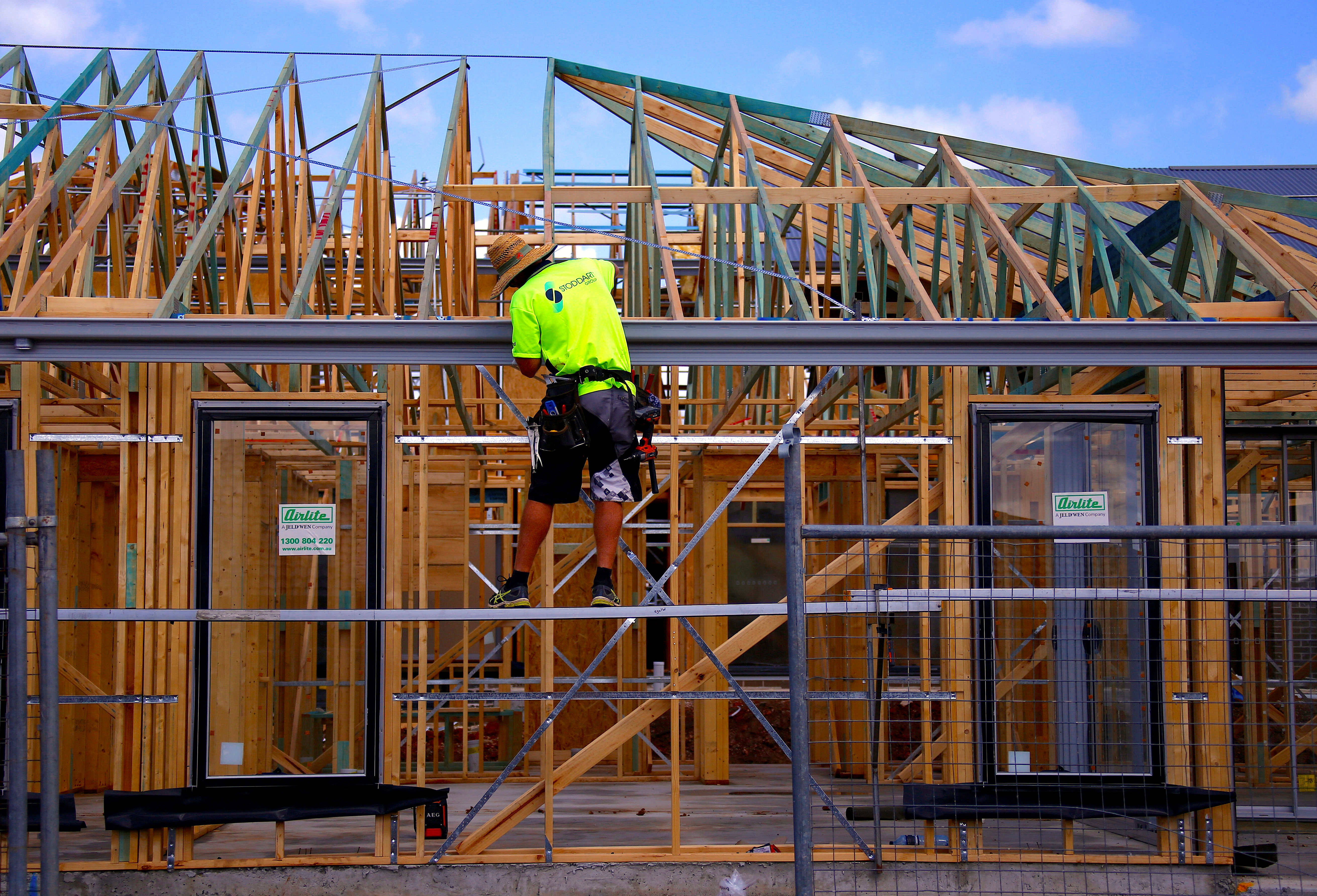The Australian housing market has shown remarkable resilience, with demand for housing remaining solid despite a record surge in mortgage interest rates over the last year-and-a-half. The value and number of new loans for owner-occupied dwellings have continued to climb, indicating a stable and robust economy. In this article, we will delve into the latest data from the Australian Bureau of Statistics and explore the factors contributing to this strong housing finance demand.

Current State of Australian Housing Finance
According to the Australian Bureau of Statistics, the value of new owner-occupier dwelling loan commitments rose by 0.1% in November, while the number of loans being written increased by 1.0%. These figures highlight the ongoing strength of the Australian housing market, signaling a solid demand for housing despite the challenges posed by rising mortgage interest rates.
Factors Driving Housing Finance Demand
1. Low Unemployment Rate
One of the key factors supporting the demand for Australian housing is the low unemployment rate. The country’s unemployment rate has remained relatively stable over the past year, creating a favorable environment for potential homeowners to enter the market. With more Australians in employment, there is increased confidence and financial stability, leading to a higher demand for housing finance.
2. Favorable Lending Conditions
Despite the record surge in mortgage interest rates, lending conditions in Australia have remained favorable. Banks and financial institutions have continued to offer competitive interest rates and flexible loan terms, attracting potential homebuyers. These favorable lending conditions have played a crucial role in sustaining the demand for housing finance.
3. Population Growth
Australia has experienced steady population growth, with an increasing number of people seeking housing. The demand for housing finance is fueled by both internal migration, with people relocating within the country, and international migration. The growing population has put upward pressure on housing prices, further stimulating the demand for housing finance.
Impact on the Economy
The solid demand for Australian housing finance has broader implications for the economy as a whole. A stable and thriving housing market contributes to economic growth through various channels, including increased construction activity, job creation, and consumer spending.
1. Construction Activity
The demand for housing finance directly translates into increased construction activity. As more loans are being approved and homeowners secure financing, construction companies experience a surge in demand for new housing projects. This, in turn, stimulates economic growth, creating jobs and boosting the overall economy.
2. Job Creation
The construction industry plays a significant role in job creation, providing employment opportunities across various sectors. The strong housing finance demand leads to more construction projects, which require skilled workers, architects, engineers, and other related professionals. The resulting job creation has a positive impact on the labor market and contributes to economic stability.
3. Consumer Spending
When individuals secure housing finance and purchase homes, it often involves additional spending on furniture, appliances, and home improvement. This increased consumer spending further stimulates economic activity and drives demand in related industries. The ripple effect of housing finance on consumer spending contributes to a well-rounded and thriving economy.
The Road Ahead
With the current state of solid housing finance demand, the Australian economy appears to be on a stable trajectory. However, it is crucial to monitor the market closely, as any significant changes in interest rates or economic conditions may impact the demand for housing finance. While there are always risks associated with the housing market, the current data suggests a positive outlook for the Australian economy in the near term.
Conclusion
The Australian housing market continues to thrive, with demand for housing finance remaining solid despite the challenges posed by rising mortgage interest rates. Factors such as low unemployment rates, favorable lending conditions, and population growth have contributed to this resilience. The positive impact on the economy, including increased construction activity, job creation, and consumer spending, further strengthens the overall stability of the Australian economy. As we move forward, it is essential to closely monitor the housing market and adapt to any potential changes to ensure the continued growth and stability of the Australian economy.

